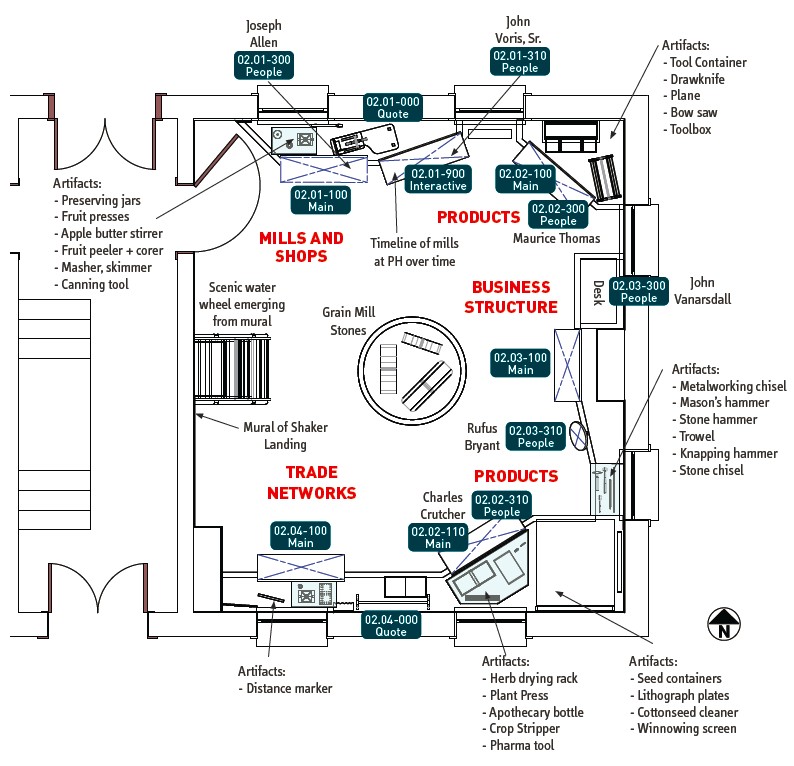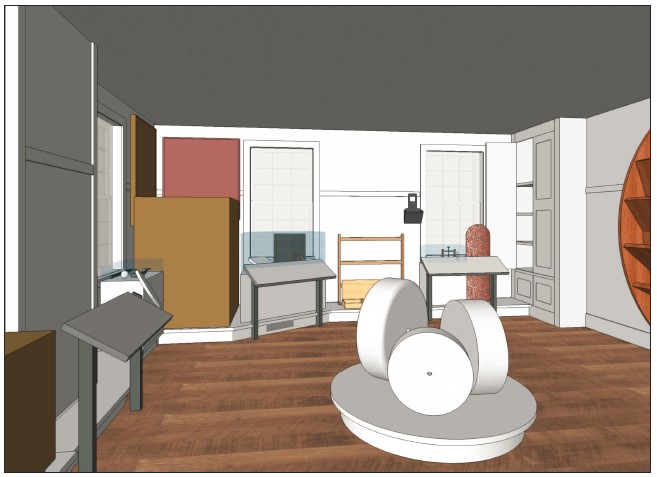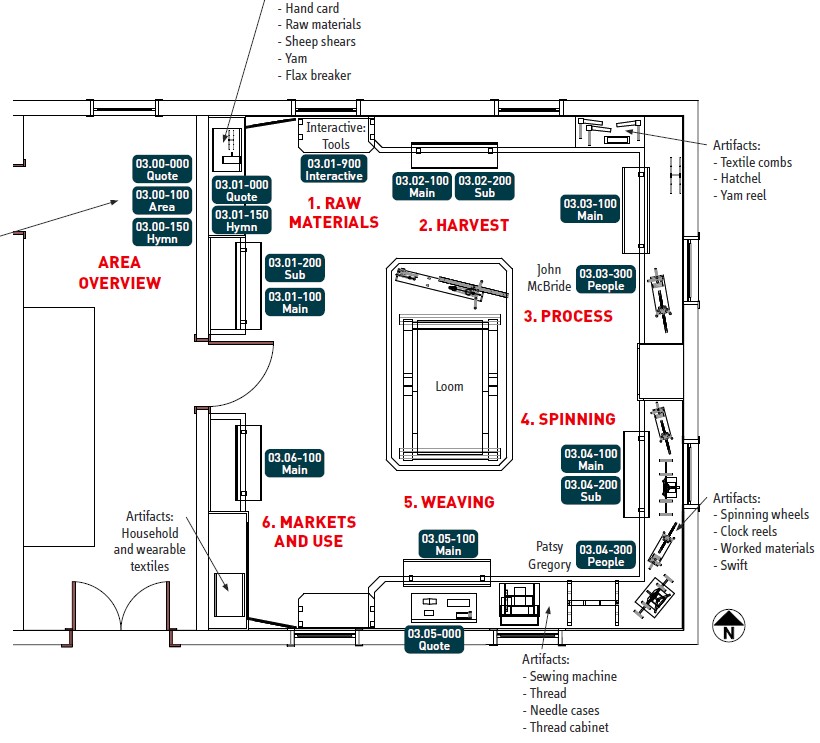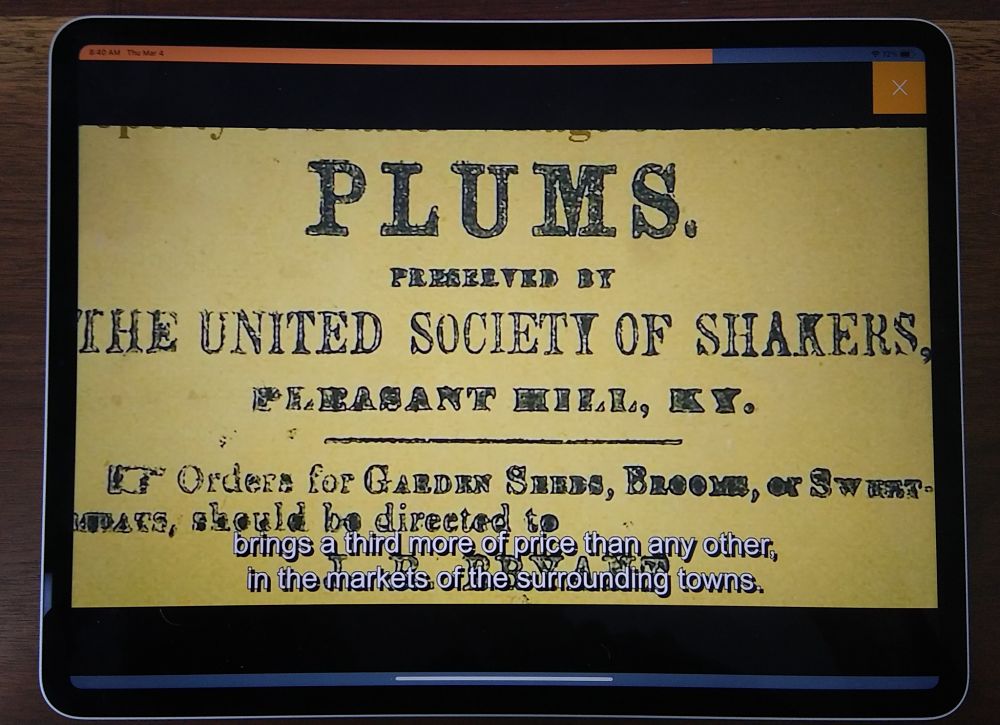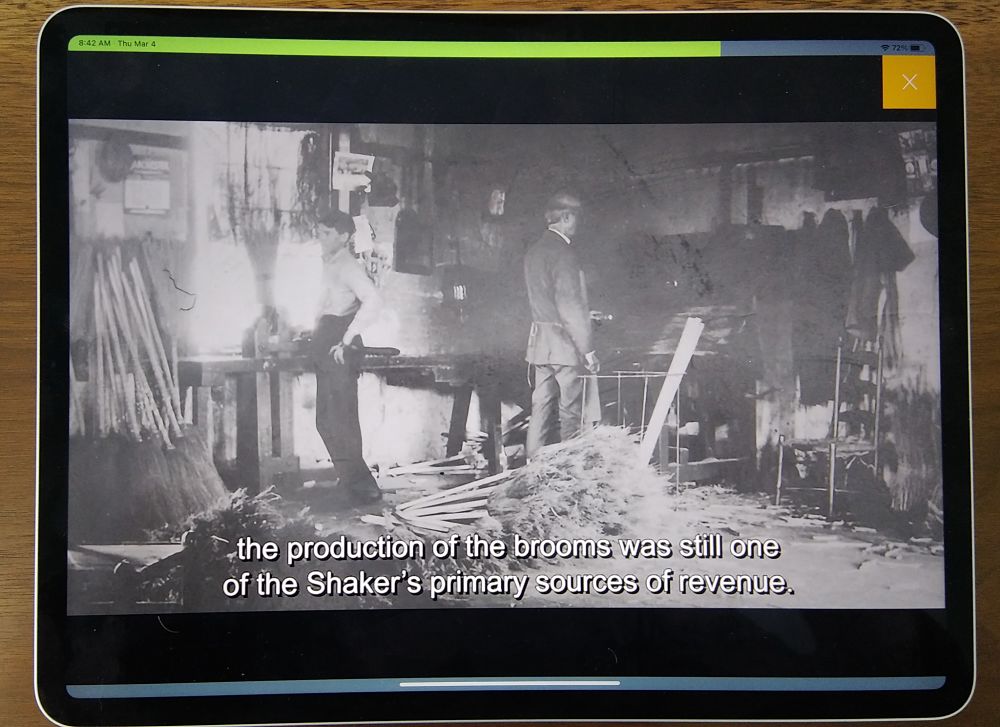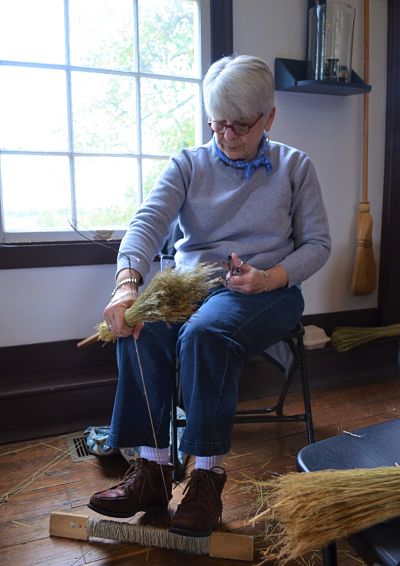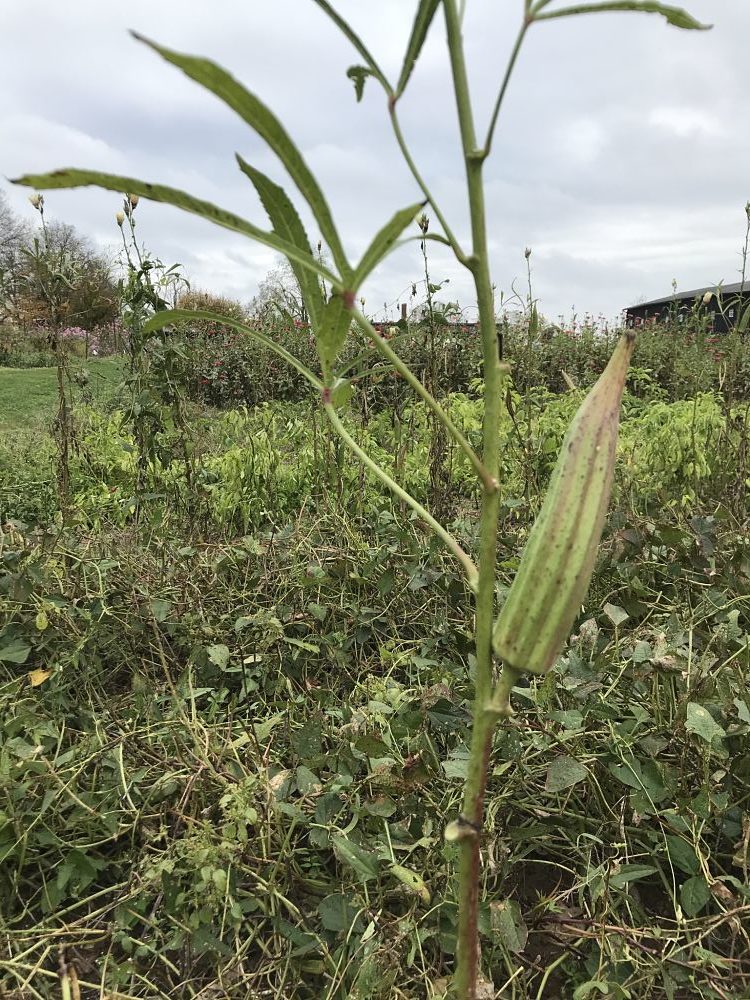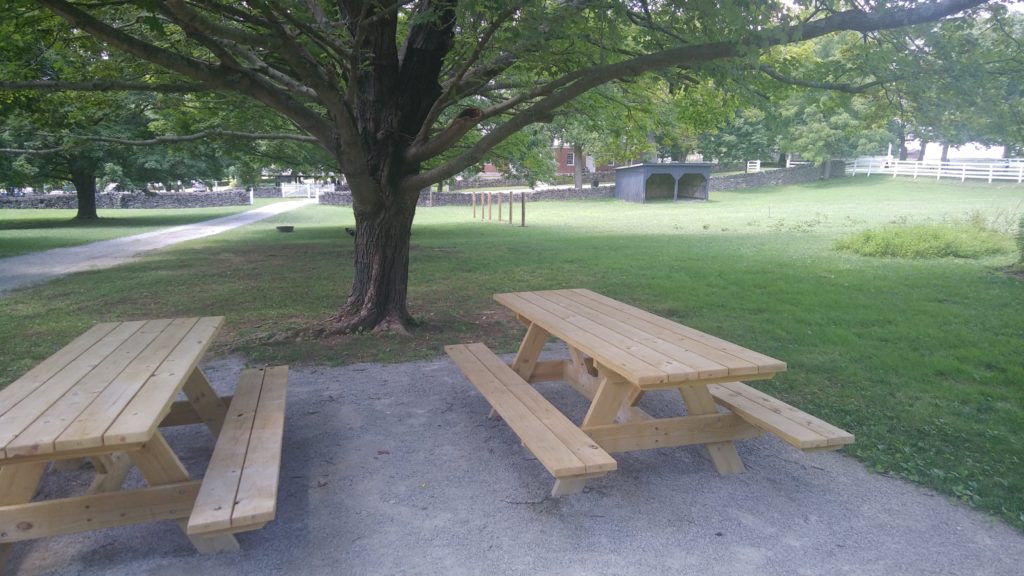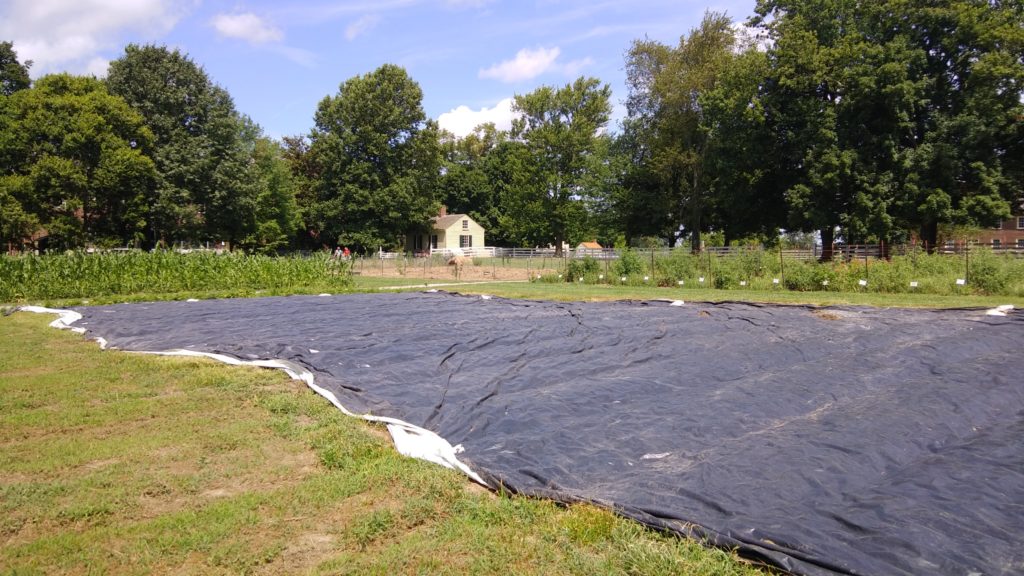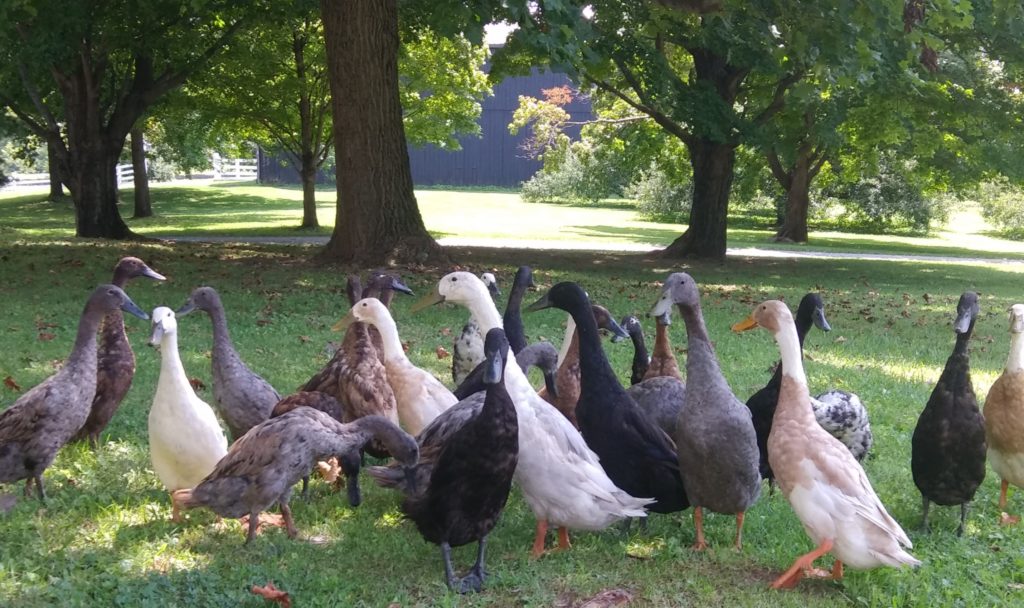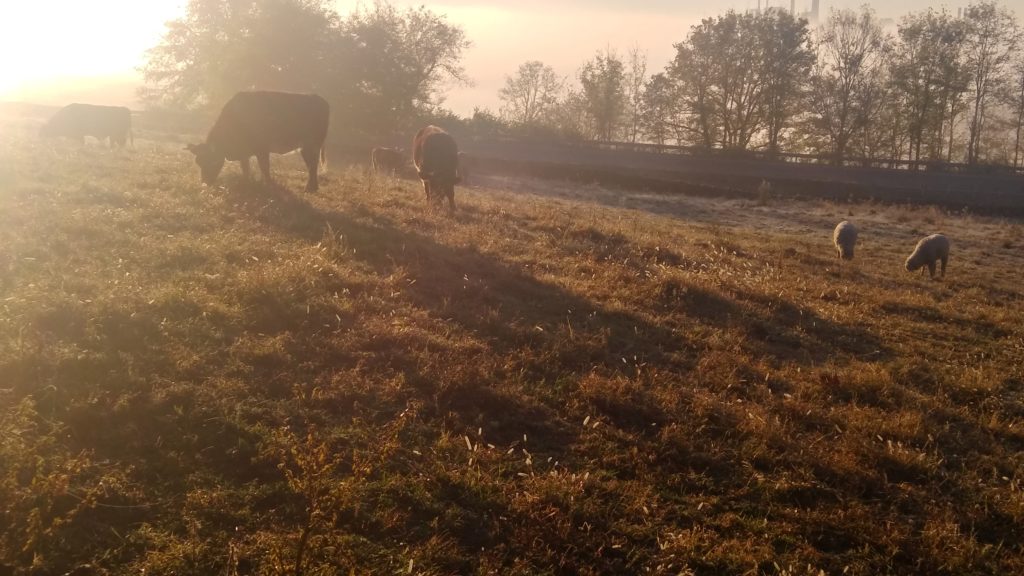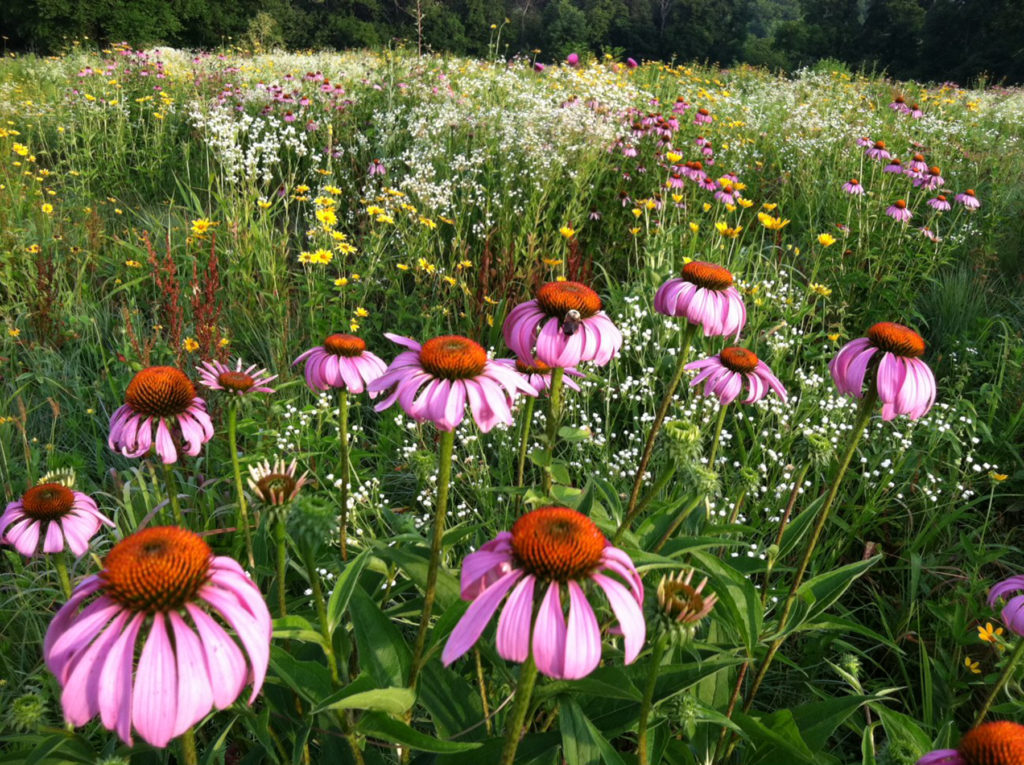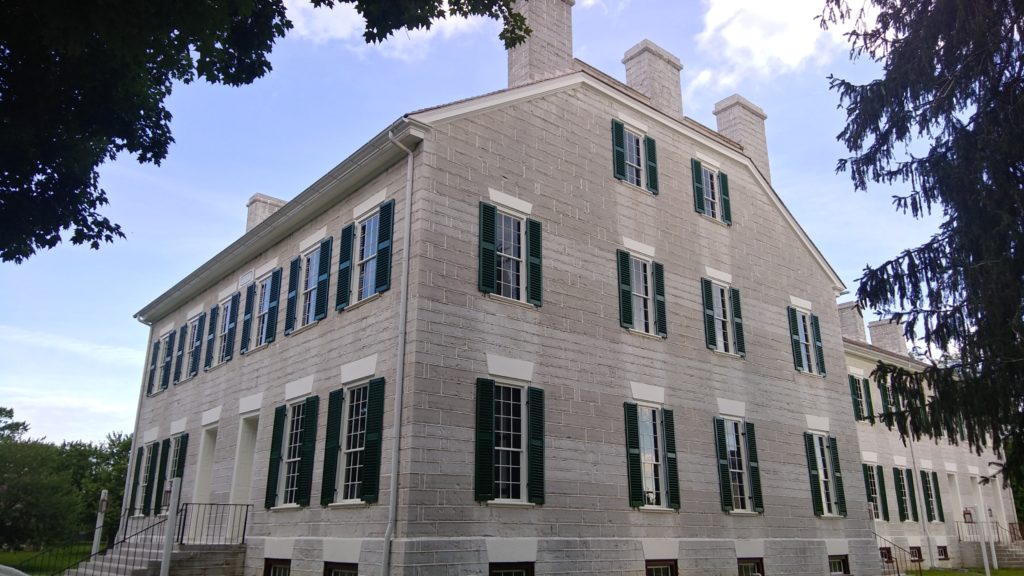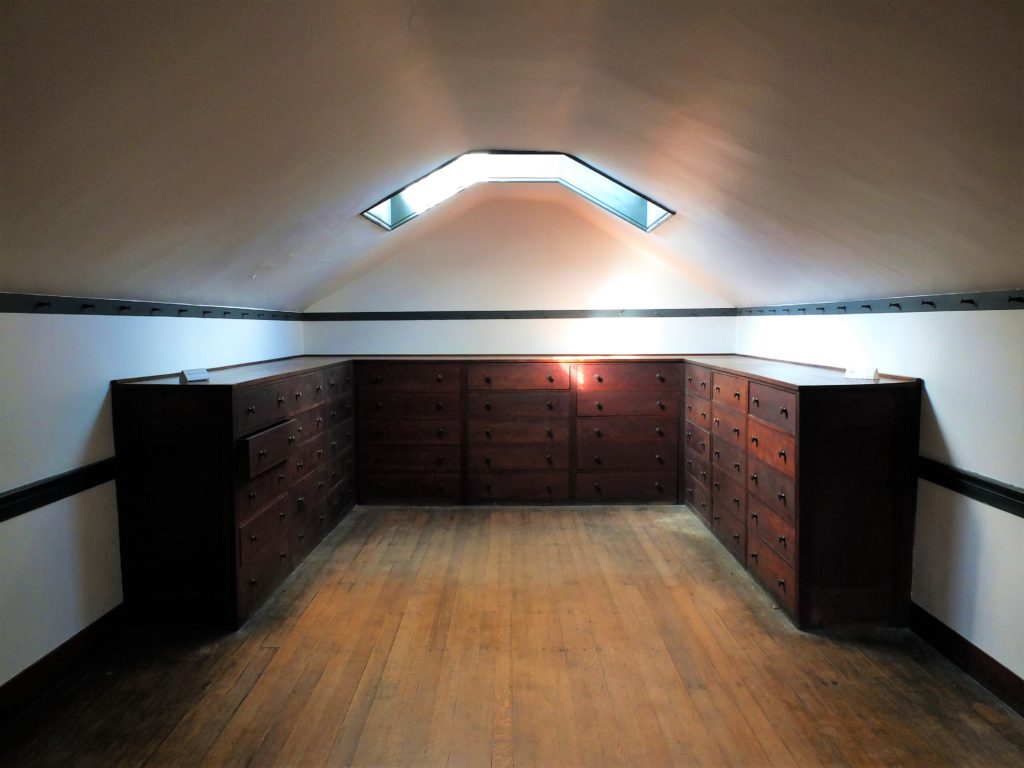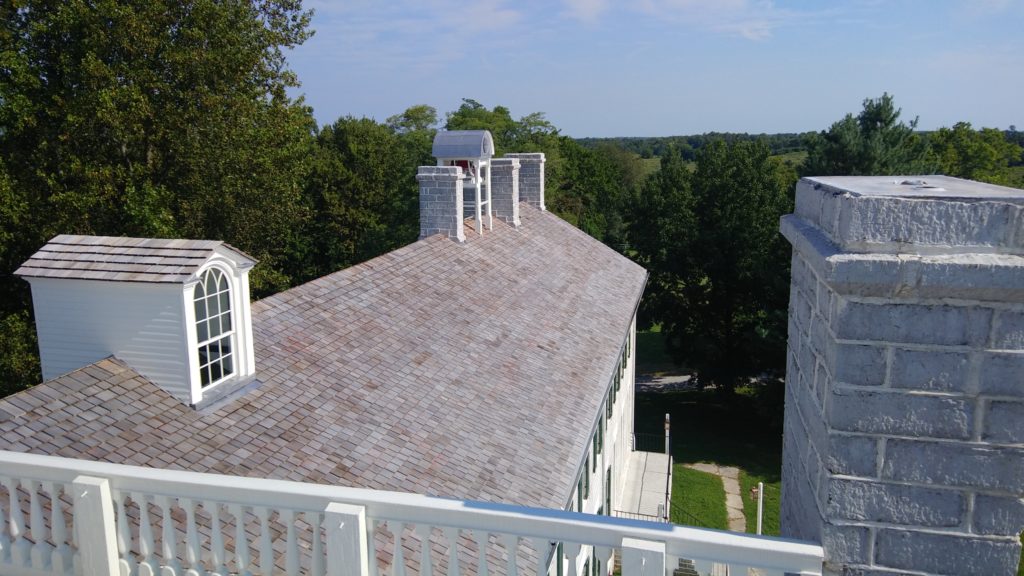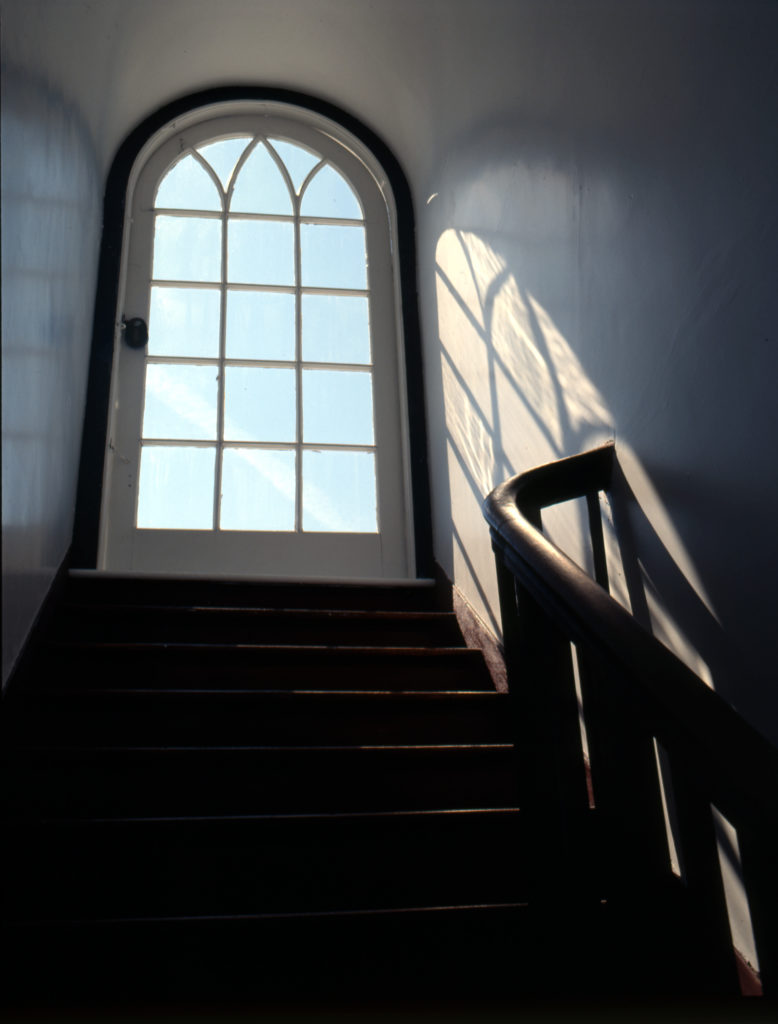Billy Rankin, VP of Public Programming and Marketing
This is the fifth part of our behind-the-scenes look at the development of Local Economies, Global Impacts, a new exhibition that will open this fall at Shaker Village.
In previous posts we introduced three main goals that the team at Shaker Village keep in mind when developing any new exhibit:
Today we’re going to get our hands dirty, as we enter the fabrication phase of this exhibit!
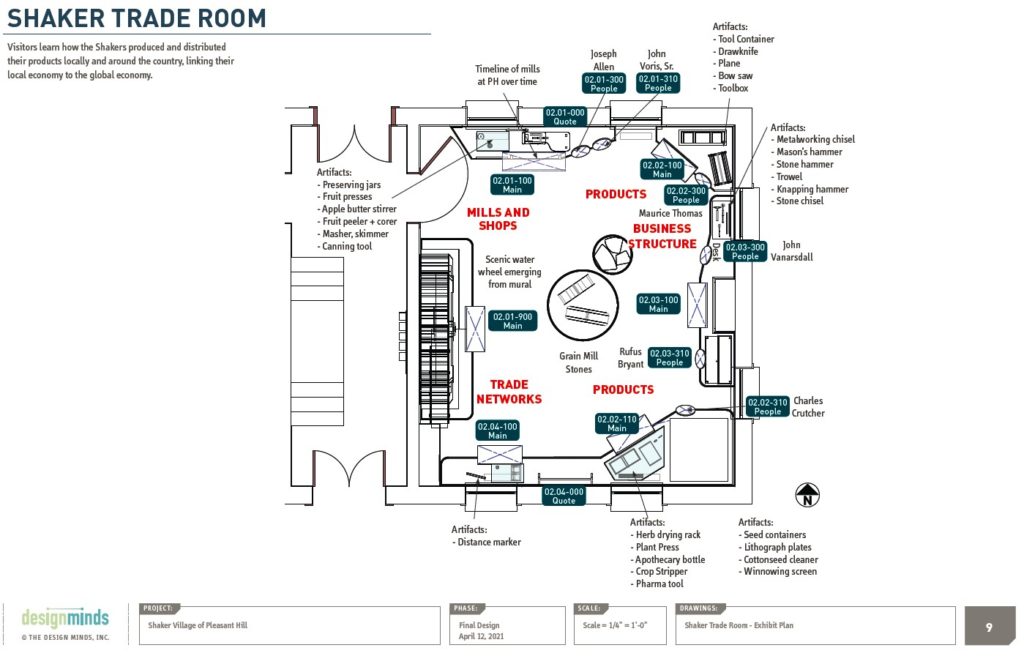
A Little Help from Our Friends
Over the last several months the Shaker Village team has been researching and reviewing content, examining artifacts and working on the design of Local Economies, Global Impacts. This project was not undertaken alone. We’ve partnered with outside scholars and a nationally-recognized exhibit design firm. We’ve funded the project through private donations and a matching grant from the Institute for Museum and Library Services.
It’s hokey, I know, but it really does take a village.
We’re now entering the all-important fabrication phase, where each component of the exhibition will be constructed and fit together. Strategic partnerships will be as important as ever.
Much like a major home interior renovation, constructing a museum exhibit takes special skillsets that not everyone will have. At Shaker Village however, we are fortunate to have skilled carpenters, like Terry Cowart, who can produce the cases, platforms and frames called for in our exhibit designs.

There are also many components in this exhibit’s design that our carpentry team would not be able to tackle. Printed graphics, metal work, interactive displays and large models are a few examples of items that we will outsource to professional exhibit fabricators. In Kentucky, we happen to be home to one of the best exhibit fabrication firms in the country, Solid Light. Items that will be too much for our team to bite off will be produced offsite and installed in tandem with the portions of the exhibition built in-house.
All About the Details
Have you ever heard the saying, measure twice, cut once? When you work on an exhibit design produced by one firm that will be built by two different teams working in two different locations, you measure at least half a dozen times before you can sleep at night!

Not only do the different components need to fit together, but the location of heating vents and electrical outlets, and the swing direction of every door must be accounted for in the final product.
For the past two weeks, and for the next two weeks, our teams have been meeting to review details, compare notes, and spend some time together in each of the spaces where exhibits are to be installed. Open communication and clear guidance are keys to making sure the pieces fit together when they are finally placed in the 1845 East Family Brethren’s Shop and 1855 East Family Sisters’ Shop.
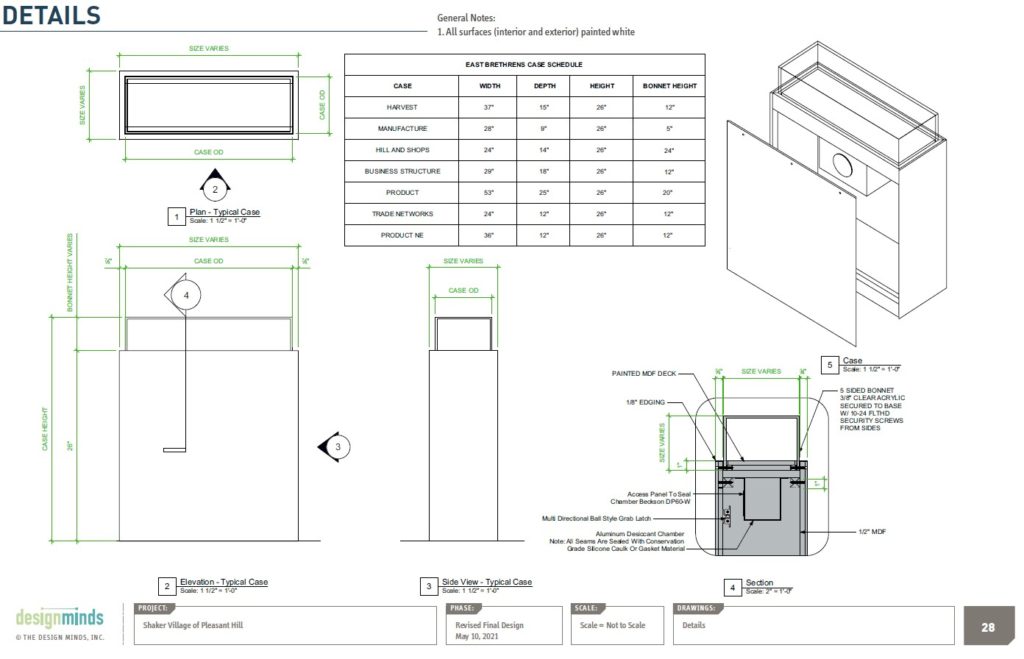
Making Sawdust

Some details of “atypical” elements in the exhibit are still being massaged out, but construction can begin in earnest on many of the “typical” elements. These include artifact stands and platforms.
Materials that can be ordered are on the way or already onsite. We all love the process and understand the importance of each step along the way. However, in the words of Terry Cowart: “It feels good to finally start making some sawdust on this project.”
Next Month: We’ll continue our journey through the fabrication of Local Economies, Global Impacts.
Local Economies, Global Impacts is funded in part through a Museums for America matching grant, administered by the Institute for Museum and Library Services.
